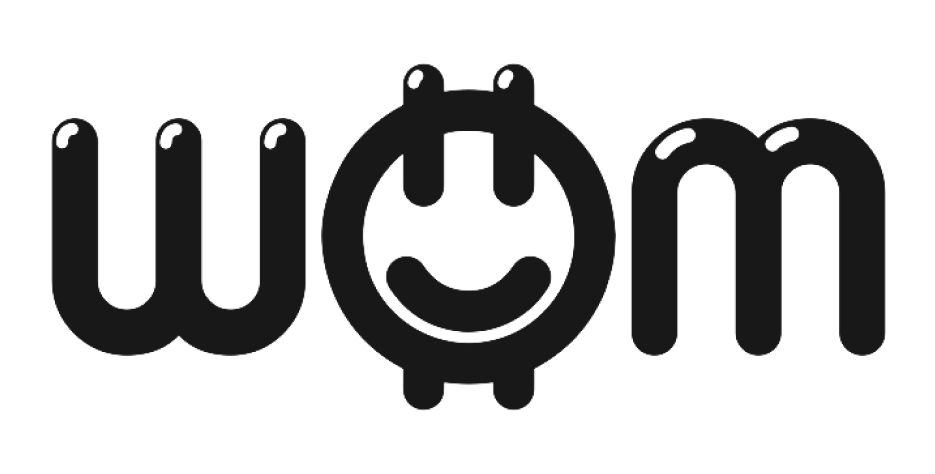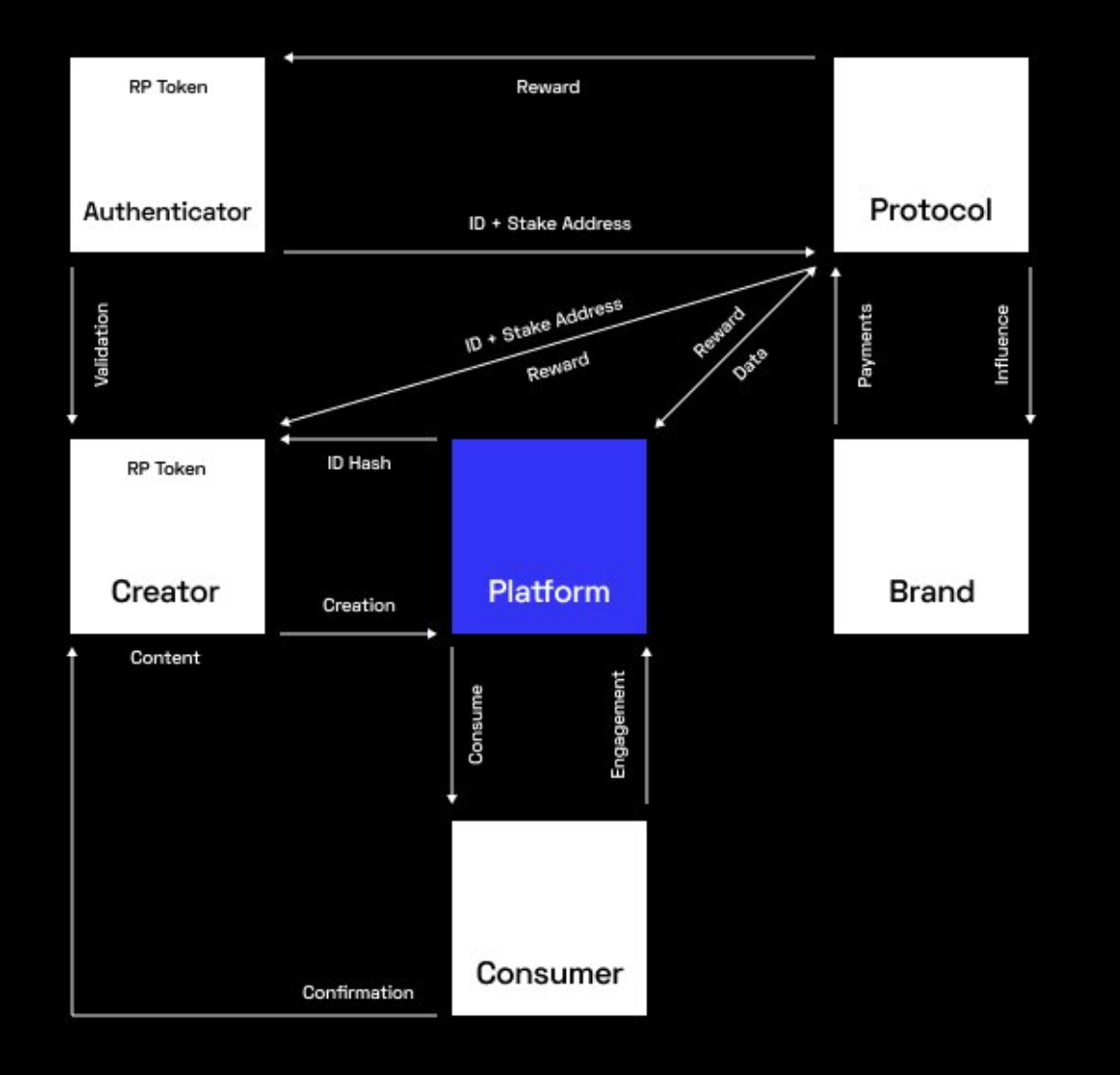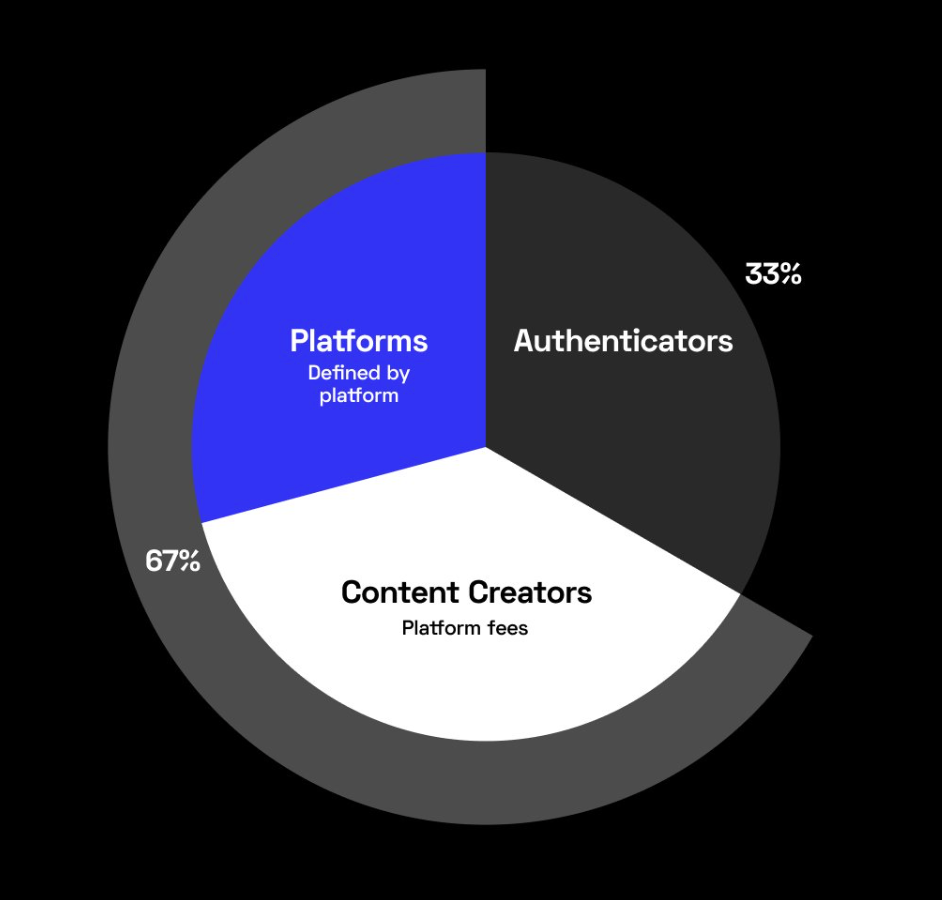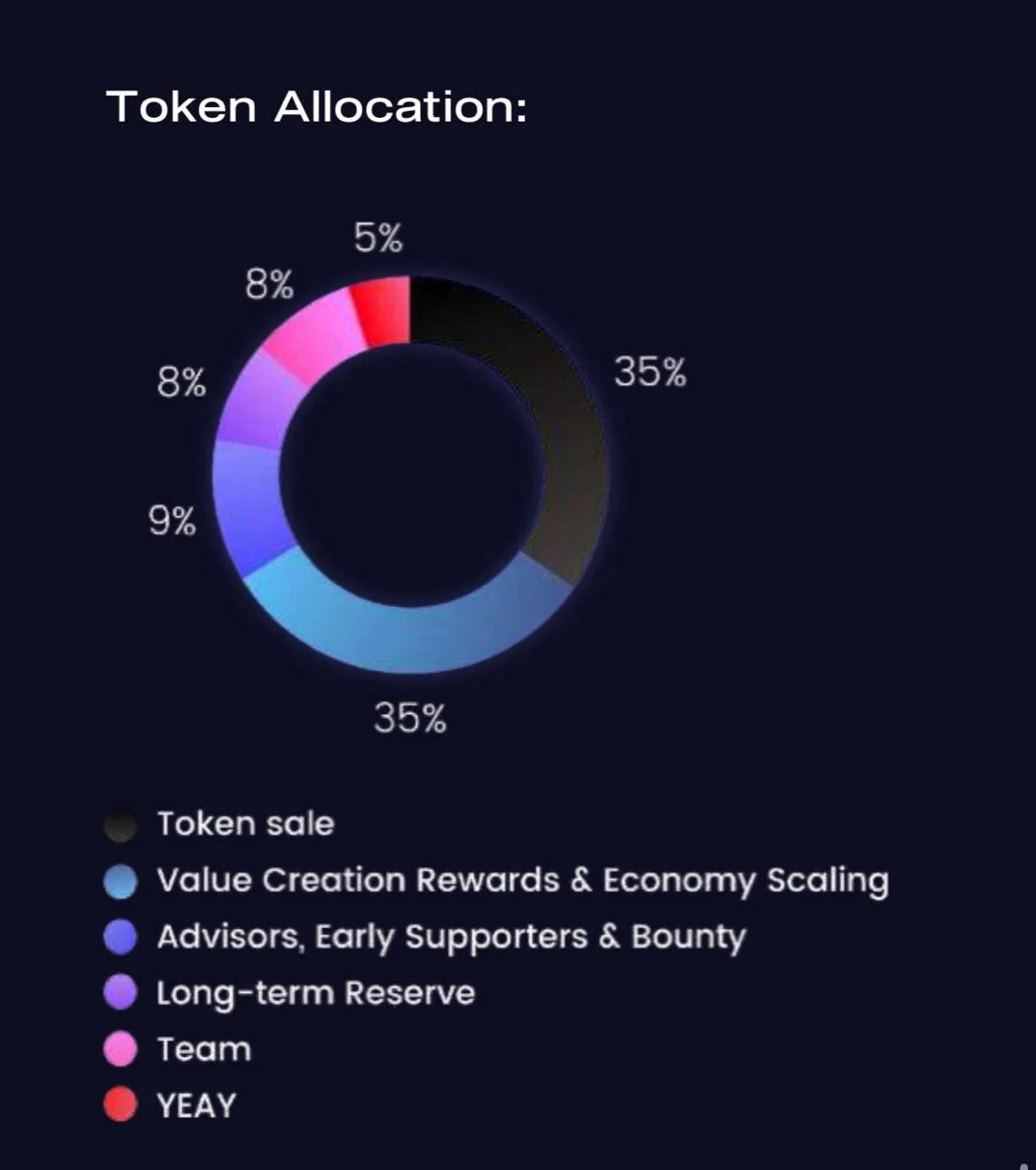Understanding WOM Protocol’s Tokenomics
Any token can promise to be the next 100X, but hype alone is not enough to evaluate a project’s potential. Hype might be the crypto project engine-starter, but substance, utility and tokenomics are the fuel that will keep it on the road.
When we created the WOM Protocol back in 2018 we were fortunate enough to have the brilliant minds of blockchain economics designers, including Daniel Wingen, token engineers, including Stefanie von Jan, as well as a multitude of excellent advisors, such as Parity Co-Founder Björn Wagner, to shape the tokenomics. An early version of this can be found in the WOM Economy Paper.
Even though these first principles have naturally evolved over time in the transition from theory to reality, this solid grounding has given the WOM Protocol the scope to build gradually, sustainably and for the long-term, weathering extreme volatility and bitter crypto winters.
Without solid tokenomics the WOM Protocol and its native token would not be here today. So let’s take a closer look to understand the inner workings of the WOM Token, its utility, governance mechanisms, fair distribution, market size, and value proposition.
1. How does the WOM Token use scarcity and utility to contribute towards potential value appreciation?
TL;DR: The WOM Token enables the various stakeholders/participants to participate in the WOM Ecosystem via earning rights and reward units. The fixed number of WOM Tokens and increasing demand lead to the rise in value of the WOM Token.
Utility #1: Earning right
In order to earn WOM Token rewards, creators, authenticators and any participating platforms must first stake tokens to put skin in the game:
Creators must stake WOM Tokens to submit recommendation content and be eligible to earn rewards.
Authenticators must stake WOM Tokens to authenticate WOM content and be eligible to earn rewards.
Any platforms participating in the ecosystem will need to stake to display WOM content and be eligible to earn rewards.
When WOM Tokens are staked they are tied up in the Ecosystem, which takes them out of circulation and creates scarcity by limiting the WOM Tokens on the open market. The bigger the Ecosystem grows, i.e. the more participants in the Ecosystem, the more WOM Tokens are staked and taken out of active circulation.
Utility #2 Reward unit
Brands and advertisers need WOM Tokens to incentivize and reward creators, authenticators, and platforms and to access user-generated content about their brands. They acquire WOM Tokens on the open market, then create campaigns using the WOM Token as rewards. These WOM Tokens are disbursed based on the reward algorithm outlined in the WOM Economy Paper.
A total of 1 billion WOM Tokens were minted initially, and no more will ever be created. This scarcity factor fosters the foundation for potential appreciation in value as demand for the token grows. As the number of participants in the WOM Ecosystem grows, their demand for WOM Tokens will naturally increase as participants need WOM for staking and for rewarding.
2. Does the WOM Token serve a vital purpose in the ecosystem?
The WOM Token is the fuel behind the WOM Protocol, creating a better value exchange between creators and platforms, and enabling brands to fairly reward creators for their user-generated marketing. The relatability of this kind of content created by people who mirror the audience, helps to foster a more trust-based relationship with consumers, and this transparent and mutually beneficial approach to marketing enhances the credibility and effectiveness of the WOM Protocol, setting it apart from traditional ad-driven platforms.
3. What are WOM’s governance mechanisms?
The ultimate goal of WOM Protocol is to evolve into a decentralized autonomous organization (DAO) that cannot be controlled by any single entity. Since honesty and trust are the key for word-of-mouth recommendations, a central authority would contradict the essence of WOM by definition. The objective is to enable an entire ecosystem to emerge, in which any content creator, publisher, developer, and brand has access to the WOM Protocol and therefore native user-generated marketing.
The WOM Protocol will be equally owned by everyone participating in the protocol through receiving, using, or holding WOM Tokens. Changes in the Protocol could lead to beneficiary groups of participants and will therefore be decided in a collaborative way by everyone involved. This will be achieved using state-of-the-art blockchain governance mechanisms for decentralized organizations.
4. Does the WOM Token have a fair distribution mechanism?
WOM rewards are distributed daily at regular intervals from a Value Creation Fund dedicated to sourcing quality UGC. The rewards are fairly divided up between content creators and platforms (67%), and authenticators (33%).
WOM rewards are distributed daily at regular intervals from a Value Creation Fund dedicated to sourcing quality UGC. The rewards are fairly divided up between content creators and platforms (67%), and authenticators (33%).
It’s up to individual platforms to decide how to divide their reward share with the content creators on the platform, though creator rewards are influenced by factors including authenticator ratings and engagement KPIs, which all measure the ultimate quality and value of the content.
5. Does WOM have a significant market size?
The WOM Protocol exists to replace traditional Web2 advertising revenue models based on an imbalanced value exchange between all of the participants involved. In doing so WOM is targeting the annual $567.5 billion digital marketing spend and core revenue stream for content platforms (Insider Intelligence).
Digital advertising might be a multi-billion dollar business, but already the signs of disruption are emerging: ad spending across major tech platforms is in decline (Modern Retail), creative talent is leaving the ad industry (AdWeek), and the advertising jobs market is getting weaker (Insider Intelligence).
Meanwhile 67% of brands are now increasing their influencer marketing spend, and 76% of brands did so by diverting budgets away from digital advertising (“Can Creator-Led Marketing Really Drive ROI?” CreatorIQ).
WOM's market disruption comes at an opportune time, resonating with a growing audience seeking more relatable, native content, at the same time as creator-led marketing continues to rise.
The market size has the potential to grow exponentially as WOM Protocol continues to forge strategic partnerships, integrate with diverse platforms, and gain traction within various industries.
6. Does WOM address a significant problem and have a compelling value proposition?
WOM Protocol tackles the critical issues of trust and value exchange in marketing head-on. As the marketing industry struggles with consumer confidence, WOM introduces an ecosystem designed to incentivize and reward authenticity and transparency. By incentivizing genuine word-of-mouth product recommendations, and by enabling brands to access user-generated marketing that feels far more native and relatable to consumers than intrusive digital ads, WOM empowers consumers and content creators alike.
WOM’s value proposition is multifaceted:
Brands gain access to a receptive audience, knowing that consumers trust authentic peer recommendations over conventional advertisements;
Content creators can monetize their genuine recommendations;
Authenticators are rewarded for ensuring quality content;
Platforms, in turn, can provide a better user experience that isn’t based on the control of content and data, while fostering user engagement and earning WOM Tokens themselves.
As WOM Protocol continues to attract strategic partnerships, expand its market reach, and harness the power of blockchain technology, it has the potential to redefine the relationship between brands, content creators, and consumers. With a strong commitment to fairness, transparency, and value creation, WOM paves the way for a future of decentralized, trust-based marketing.




